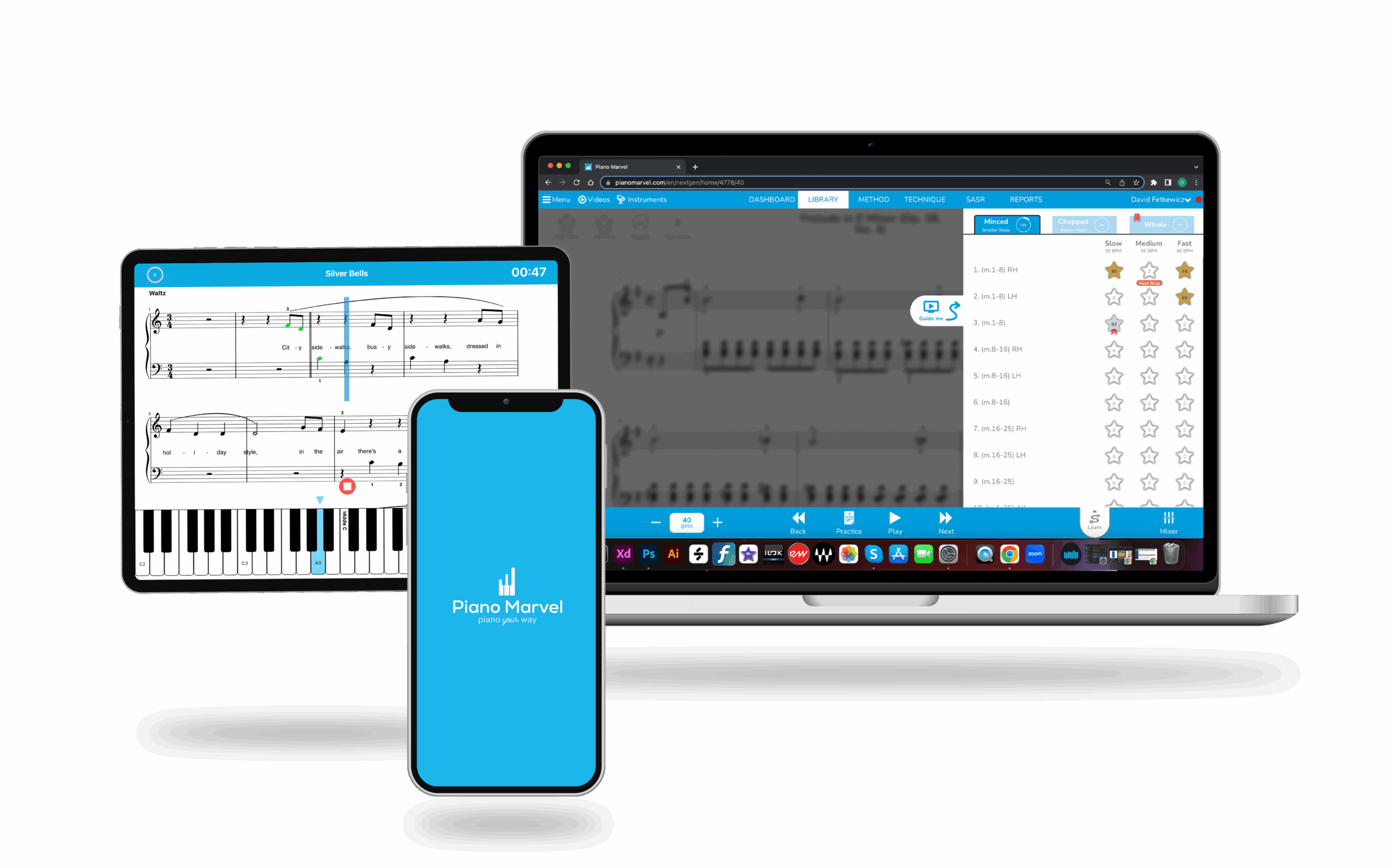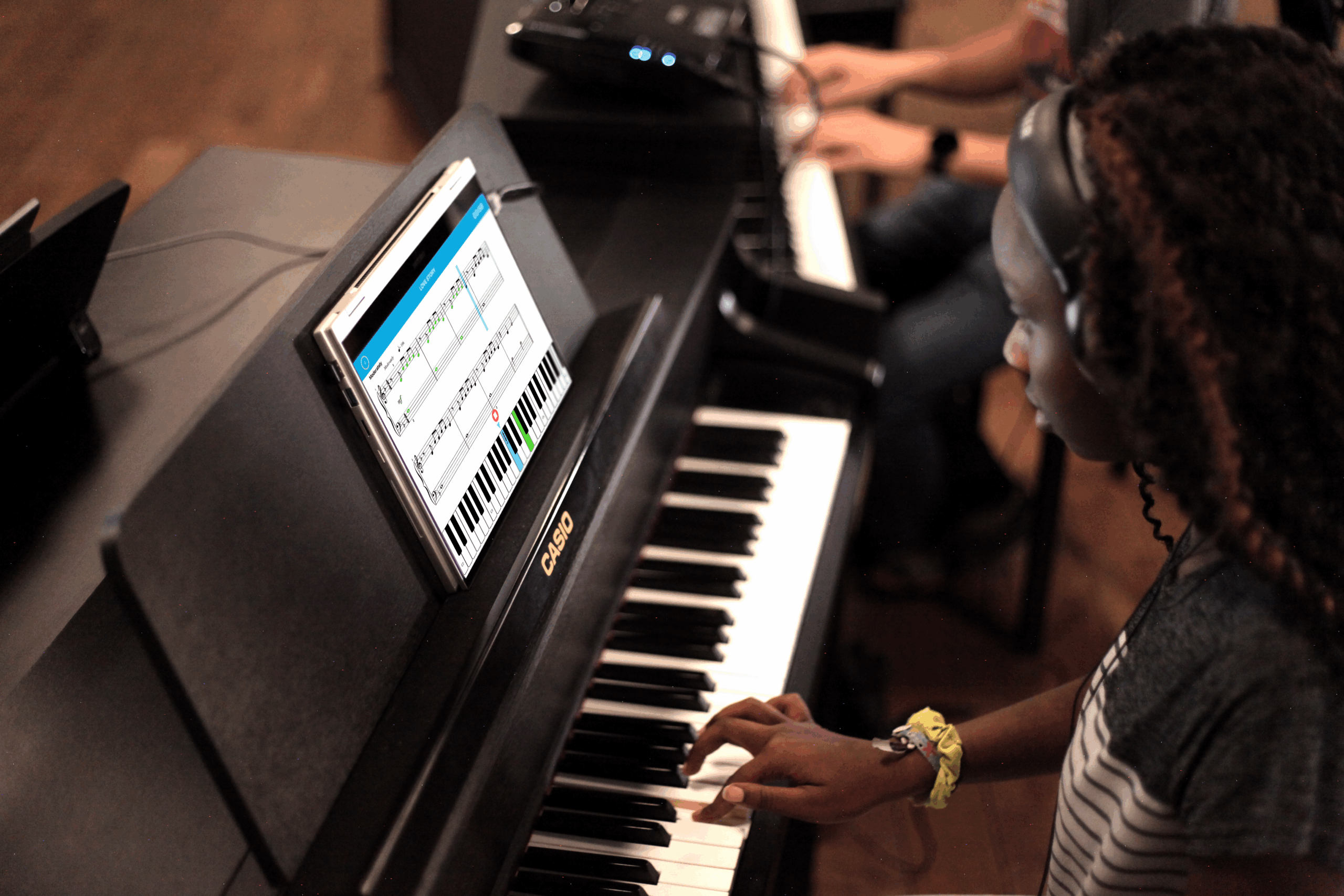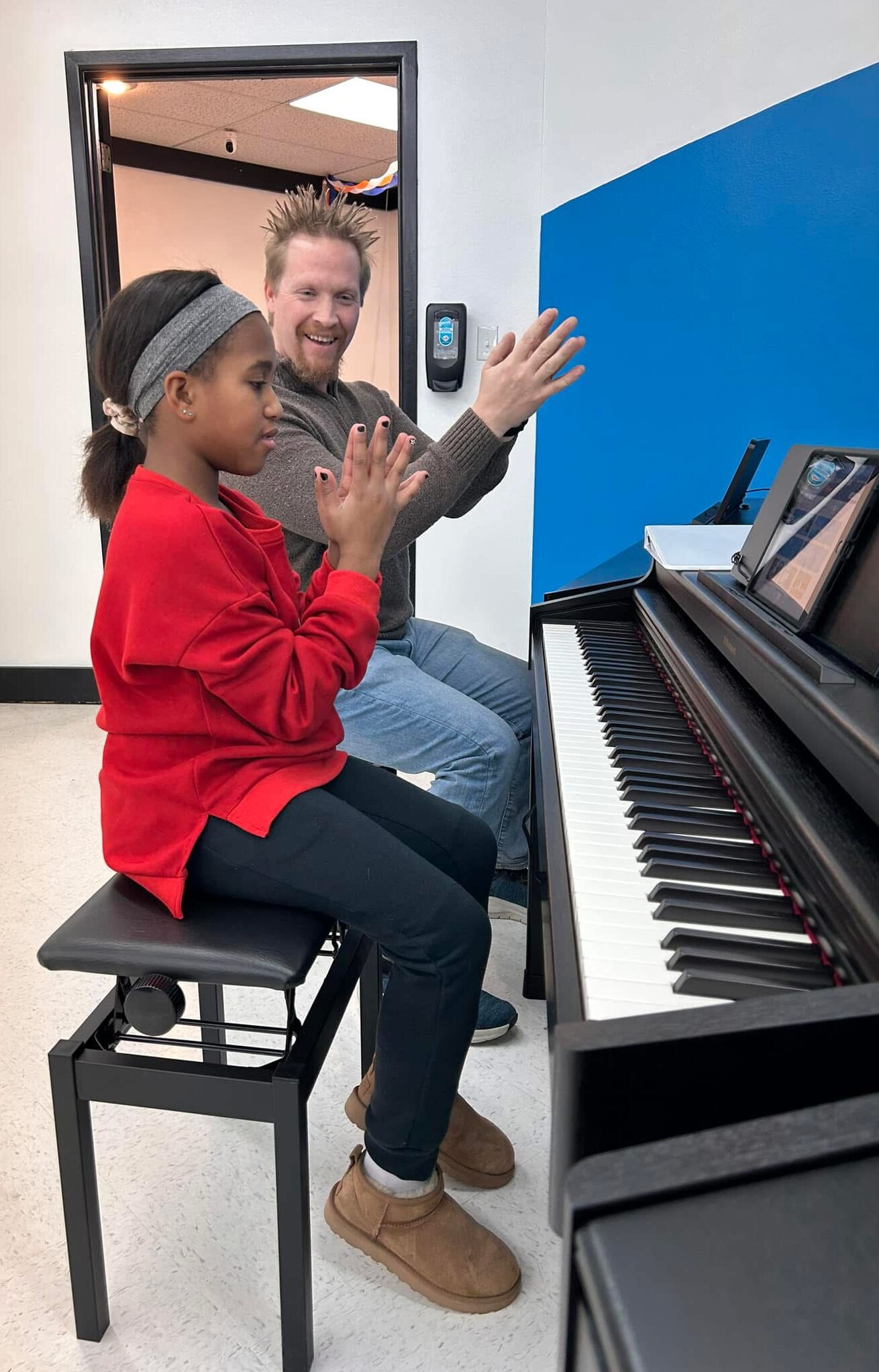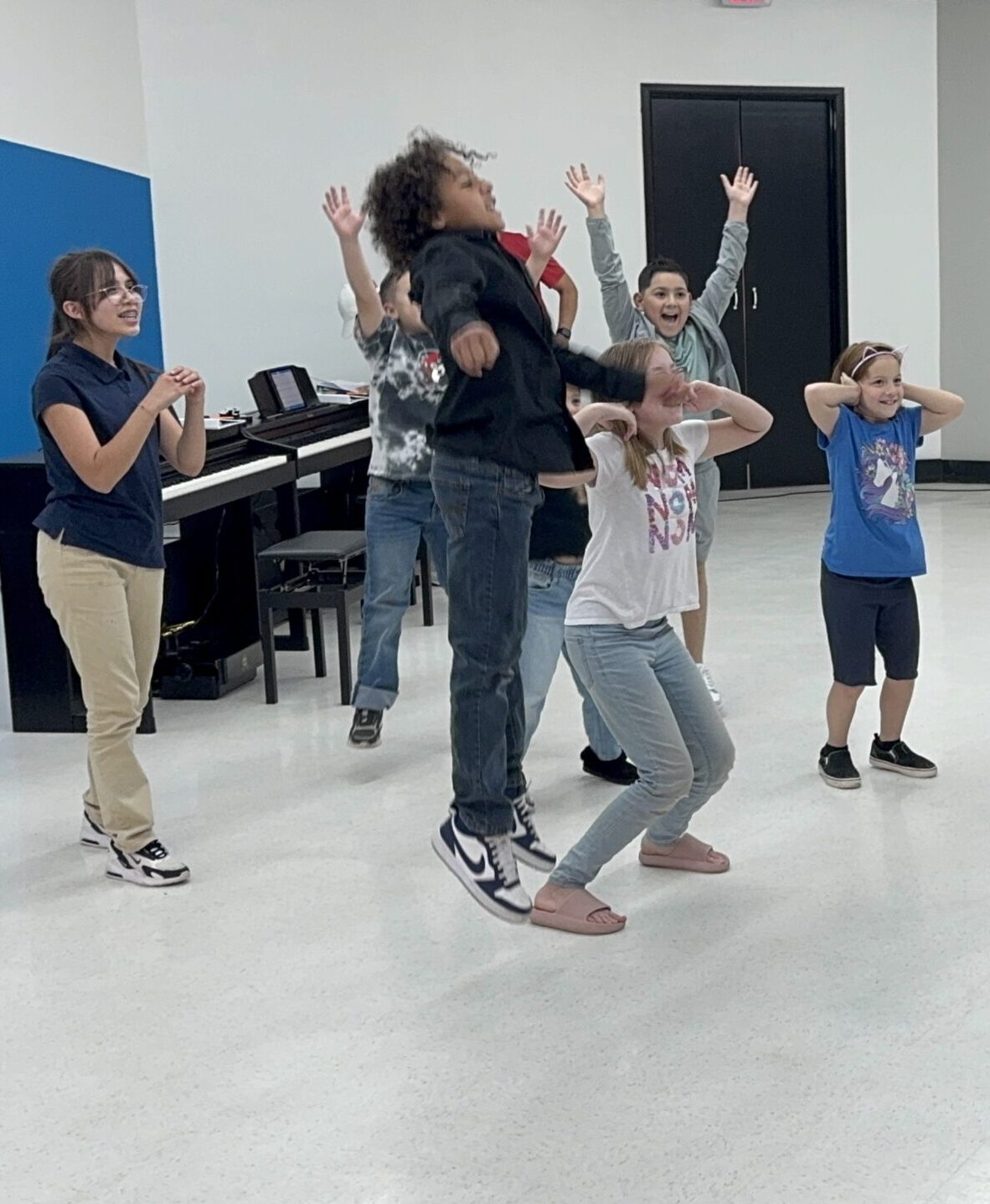Proactive vs. Reactive Piano Instruction: A Smarter Way to Learn

When most people picture piano lessons, they imagine a weekly one-on-one session, a paper method book, and a child going home to “practice what the teacher said.”
It’s a model that’s been around for generations — but it’s also inefficient and outdated.
At Piano Marvel Academy in Lubbock, we use a different approach that we call Proactive Piano Instruction, and it’s making a big difference in how quickly and confidently our students learn.
Let’s take a closer look at the difference between reactive and proactive instruction — and why it matters for your child.
1. The Problem with Reactive Instruction
“It takes far more effort to unlearn and retrain than it does to get it right from the start.”
In traditional piano lessons, the teacher gives verbal or written instruction during the weekly session. Then the student heads home to practice on their own for six or seven days.
But here’s the issue:
🔁 Students forget much of what they were taught.
❌ They practice incorrectly without realizing it.
🧠 And neurologically, when students learn something the wrong way, it takes far more effort to unlearn and retrain than it does to get it right from the start.
So what happens when the student returns to their next lesson?
The teacher has to spend the session reacting to the mistakes — reteaching rhythms, correcting notes, fixing habits that have already set in.
This reactive cycle not only slows down learning but can also frustrate students who feel like they’re constantly being corrected.
2. The Solution: Proactive Piano Instruction

Now imagine a different kind of learning experience — one where the student is set up for success before they even leave the classroom.
With Proactive Piano Instruction, students at Piano Marvel Academy have tools that:
Show them exactly how to play correctly during home practice
Provide immediate visual feedback on every note they play
Allow them to watch instructional videos as many times as they need
Reinforce correct habits through smart, engaging technology
Instead of practicing in the dark, students use Piano Marvel software to guide every step of their learning at home.
✅ Notes turn green when played correctly
❌ Notes turn red when played incorrectly — showing both pitch and rhythm issues
🎯 Students learn to self-assess and fix mistakes immediately
📺 Videos explain each new concept with clarity, and can be rewatched anytime
By the time the student returns to class, they’ve already internalized the correct version of the assignment.

3. Why This Matters for In-Class Learning

Instead, lesson time is used for:
Refining technique, expression, and musicianship
Addressing specific questions with precision
Playing ensemble pieces with other students
Engaging in music-based games that make learning fun and social
It’s a more efficient, joyful, and effective way to learn — and it builds confidence rather than frustration.

4. A More Effective Way to Learn Piano
Proactive Piano Instruction gives your child:
Better practice results
Faster progress
Fewer bad habits
More time for music-making and fun in class
It’s not just piano lessons — it’s a smarter system for building lifelong musical skills.


About the Author
Joshua Harris, a TEA-certified, background-checked, and TIA-Designated Exemplary Teacher, was hand-picked by Piano Marvel to establish the first Piano Marvel Academy in Texas. With 18 years of experience in music education—including 10 years as a class piano teacher at the award-winning Talkington School for Young Women Leaders in Lubbock ISD, which is still using his innovative system to drive the success of their piano program. His approach fosters a mutually respectful and fun environment, focusing on helping each student achieve their personal best every day.